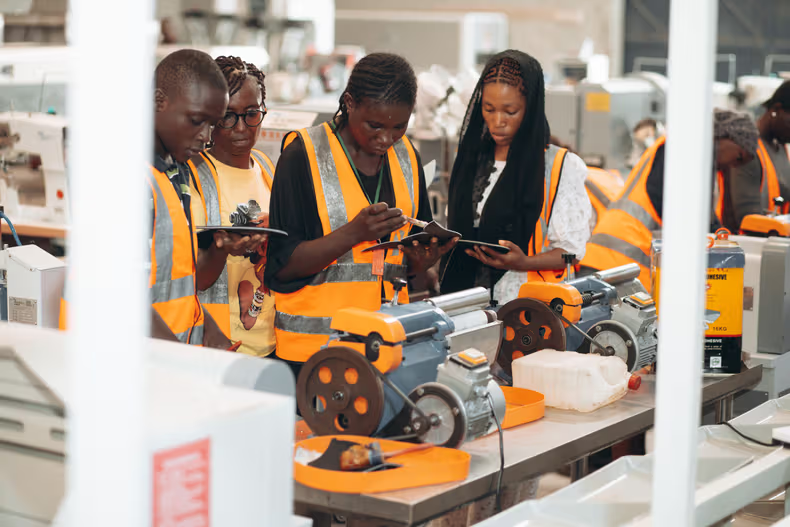Côte d’Ivoire: Growth Amid Inequality and Political Fragility
As President Alassane Ouattara enters a fourth term, Côte d’Ivoire continues to post one of Africa’s highest growth rates — projected to reach 8% in 2026, according to economist Modibo Mao Makalou. Since emerging from political crisis in 2011, the country has sustained over a decade of expansion, driven largely by tertiary sector activity concentrated in Abidjan, which accounts for 90% of national GDP.
However, persistent social inequalities and a dominant informal sector (80% of activity) pose structural challenges. Political uncertainty remains a risk factor, with upcoming legislative elections seen as a potential inflection point for investor confidence.
If current trends hold, Côte d’Ivoire could reach upper-middle-income status by 2030, as outlined in its National Development Plan (PND 2021–2025).
Senegal: $11 Billion Hidden Debt Sparks Economic Alarm
Senegal faces mounting pressure over an estimated $11 billion in hidden debt, with no new IMF support secured. Economist Dr. Seydou Bocoum outlined two options: leveraging (borrowing to repay) or monetary creation (central bank debt purchase) — both carrying inflationary and credibility risks.
The debt crisis threatens to derail fiscal planning and investor sentiment, with analysts urging transparency and structural reform to restore confidence.
African Ports: Digitalization Key to Maritime Competitiveness
Across the continent, port authorities are turning to digital solutions to tackle delivery delays, administrative bottlenecks, and risk management. A featured startup is helping ports streamline operations and boost competitiveness through smart logistics platforms, automated customs workflows, and real-time cargo tracking.
Digitization is seen as essential to unlocking Africa’s blue economy potential, reducing turnaround times, and attracting global shipping lines.



